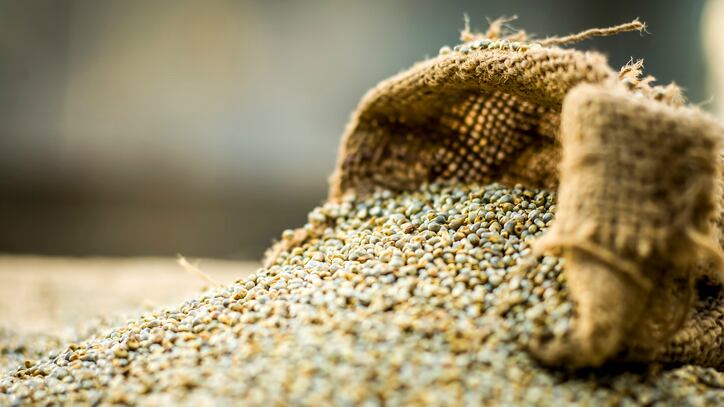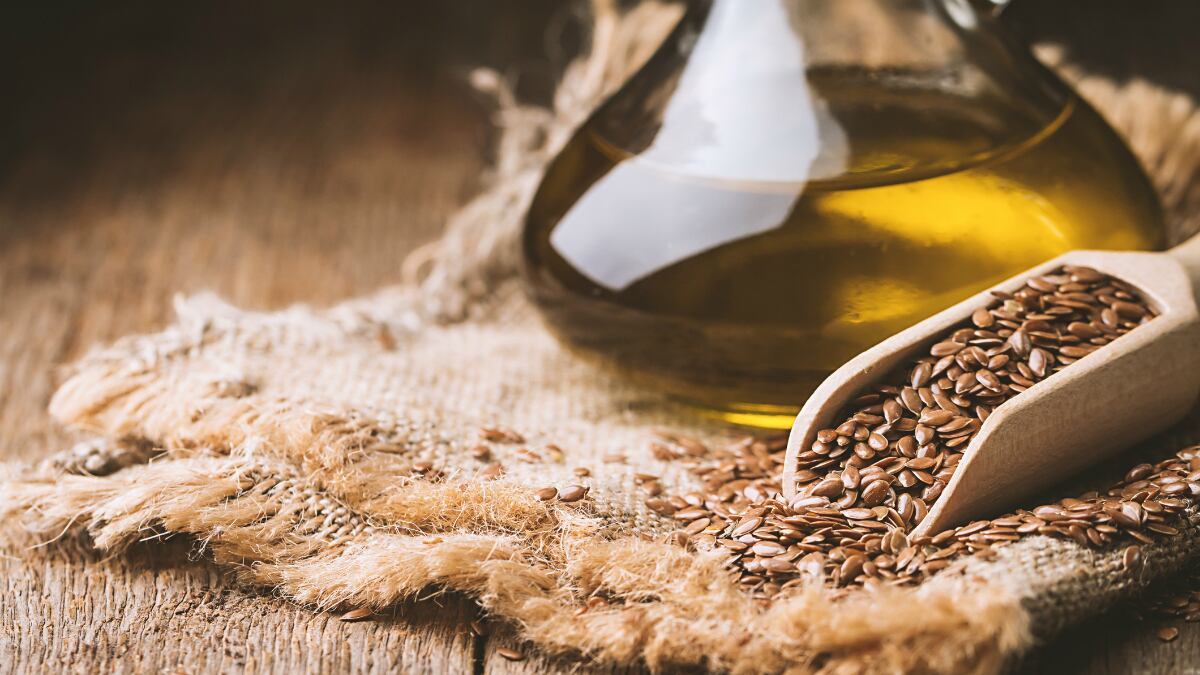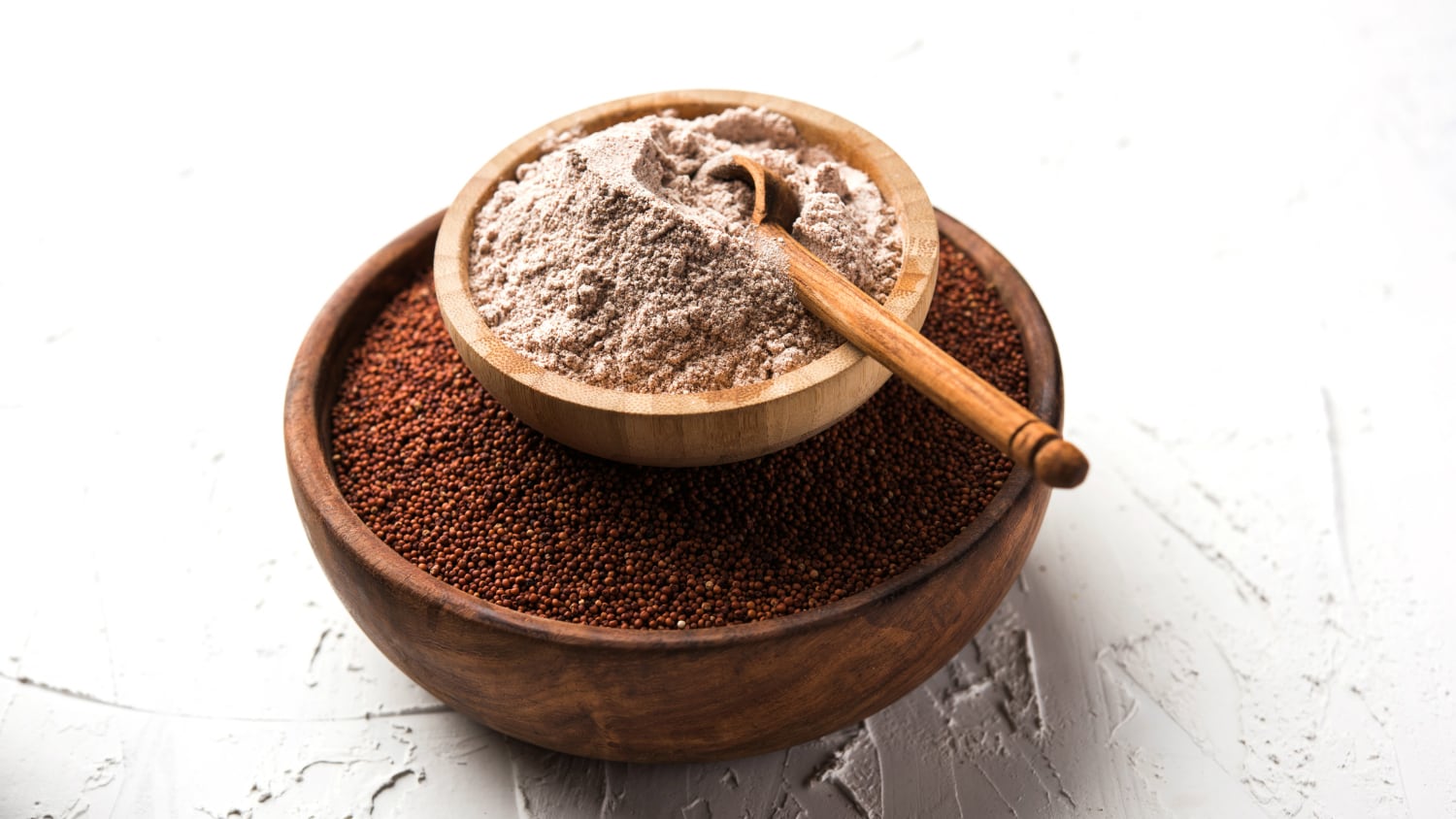This was announced in light of the Indian government's vision for what is called a kuposhan mukt bharat, or malnutrition-free India, by 2022.
The All-India Coordinated Research Project (AICRP) on Pearl Millet — also called the ICAR-AICRP on Pearl Millet — has been actively encouraging National Agricultural Research Systems to start breeding programmes for micronutrients since 2014.
ICAR-AIRP on Pearl Millet coordinator Dr C. Tara Satyavathi said, "At the 52nd Annual Meeting of the Pearl Millet Improvement Project in 2017, it was agreed that all pearl millet varieties would be bred to contain a minimum 42 ppm (parts per million, or mg/kg) of iron and 32 ppm of zinc."
This was based on a joint 2016 publication by the International Crops Research Institute for the Semi-Arid-Tropics (ICRISAT), ICAR and AICRP on the status of zinc and iron content in the three bio-fortified hybrids and varieties of pearl millet introduced since the start of the programme.
Three other hybrids have also been identified for impending release in the country.

NutraIngredients, in conjunction with GOED, will be holding APAC's first ever omega-3 event in Singapore in February 2019, featuring renowned speakers from CSIRO, A*STAR, Koure, GOED and more.
The benefits of bio-fortification
Bio-fortification utilises conventional breeding to raise micronutrient levels in food crops, including essential vitamins and minerals such as vitamin A, iron and zinc.
One of the companies involved in the programme is US-based HarvestPlus, which develops and distributes bio-fortified varieties of staple crops via partnerships with other organisations.
In an official statement, India country manager said: "Including bio-fortified pearl millet in the Public Distribution System's (PDS) mid-day meal scheme for pregnant and lactating women, as well as the Integrated Child Development Services' school feeding programme, will both further trigger the demand for these nutritious grains and improve nutritional outcomes."
So far, the programme has looked into the varying levels of iron and zinc among the different bio-fortified varieties of pearl millet, with HarvestPlus helping to develop varieties containing greater quantities of iron.
A nutrition efficacy study published in the Journal of Nutrition found that the intake of bio-fortified pearl millet helped to eradicate iron deficiency in 65% of school-aged children in a mere six months.
In addition, the study reported improvements in the children's cognitive abilities, including attention and memory.
Pearl millet in particular can well withstand dry climates, which explains its status as a staple crop for over 90 million people globally, usually in the form of bread or porridge.
In India alone, approximately nine million hectares of farmland are used for the cultivation of pearl millet, which produces an annual yield of 8.3 million tonnes.
Ongoing effort
Governments at both the national and state level in India have been rolling out fortification programmes over the years to combat widespread malnutrition in the country, where 59% of children below the age of five and 54% of pregnant women are anaemic.
Additionally, 38% of children under five are stunted. These statistics are the result of iron and zinc deficiencies, which both the public and private sector have attempted to tackle, to varying degrees of success.
Fortified pearl millet would be especially beneficial to resource-poor farming families or rural communities, whose diets feature staple crops like pearl millet prominently.
The fortified crops would make for a cost-effective, sustainable solution to the problem of malnutrition among these communities.




